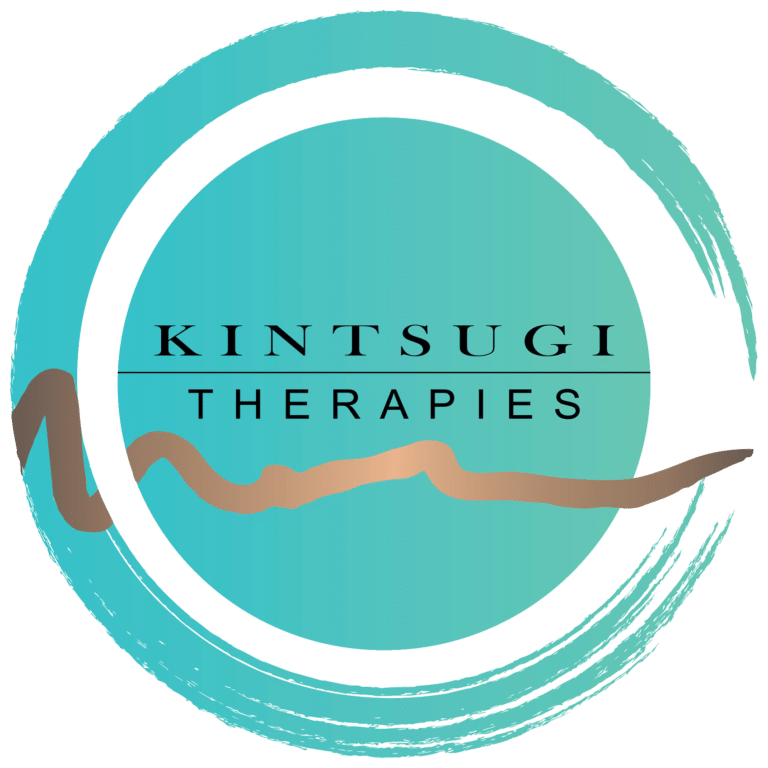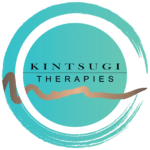CUPPING
THERAPY
The origins of cupping are lost to history but suffice to say we humans have been using this wonderfully simple yet effective therapy for a very long time, across cultures and across continents. In our modern times it has become associated with certain sports and movie stars who have popularised it through media curiosity and yes those marks! In clinic I find cupping a very useful tool for a variety of ailments, including sports injuries, musculoskeletal and joint pain but also its’ ability to help regulate and calm an agitated nervous system. Regular cupping sessions, as with acupuncture and massage can promote a true sense of wellbeing.
CUPPING THERAPY
The practice of cupping is a technique where a vacuum is created in a cup, drawing the skin up and inside the vessel and decompressing the layers of the epidermis and subcutaneous superficial fascia for the purposes of activating a therapeutic effect.
Cupping is a cross cultural therapy with traditions in many countries across Europe, Africa and Asia.
Generally, in the East, cupping is performed in the context of Chinese medicine and its use is indicated based on the fundamental theories that underlie that practice.
Chinese or East Asian Medicine for millennia has used cupping therapy. Entrenched folk practices among ordinary people, much as in Europe but on a more culturally advanced level and scale, places China as the main advocate and practitioner of cupping therapy on the global stage. Advances in cupping development and research into potential mechanisms of action are mainly due to China’s long associated history with cupping therapy. In the 1950’s co-research with the then Soviet Union claimed to confirm clinical efficacy and cupping therapy was once again established as an official therapeutic practice in hospitals all over China (http://www.acos.org/articles/chinese-medicine-cupping/).
With the broad acceptance that Traditional Chinese Medicine (TCM) has gained throughout the world as a viable, effective medicine, cupping therapy has in recent times begun to be seen by some as an option for treating disease, particularly for relief of pain and associated musculoskeletal disorders. In the west both movie stars and sports stars have been seen sporting cupping marks, spiking an interest from the general public as to the nature of cupping therapy.
The benefits of cupping from a TCM perspective depends on the application. These vary from abdominal complaints to cosmetic treatments; however cupping is commonly used to unblock stagnation (causing pain/discomfort) and to release pathogenic influences from the system. Cupping can and is also applied to maintain and regulate TCM bodily substances and therefore according to TCM it can also be used as a preventative therapy, boosting immunity, and benefiting blood circulation (Chirali, 2014).
Research and empirical knowledge would suggest that cupping therapy’s efficacy is applicable for a wide range of health issues, not just pain related. Whether it is seen as a passing fad or becomes more established once again as a valid and accepted medical intervention, only time will tell. Regardless of this it seems that cuppings ease of application, relatively simple and safe methods and low-tech equipment ensure that cupping practices continue to be used by a variety of clinicians and home users alike.
Cupping practices have a long history and strong undercurrents of tradition flowing through them.
There is empowerment in taking your own health or that of your family in your hands. Cupping therapy along with perhaps massage, and the practice of scraping (Gua Sha), seems to have filled the space between medical and domestic healthcare at least in some parts of Asia. Whenever a cup is placed on the skin for therapeutic purposes this tradition continues to thrive and the echoes of the ancient past and our modern lives meet at the surface.
In the West, modern science dominates, therefore, research and investigation into cupping is usually carried out within the framework of modern physiology and scientific analysis. Research in the west into cupping therapy’s effects and mechanism are still in the early days, however, some studies and information are beginning to be published.
There are several theories that biomedicine currently has under the spotlight. One theory, known as the Detox theory, suggests that due to the skin being highly vascularised i.e. rich in blood supply, the application of a negative vacuum is understood to ‘improve microcirculation, promote capillary endothelial cell repair, accelerating granulation and angiogenesis in regional tissues’ (Mehta & Dhapte, 2014).
This increase in local freshly oxygenated blood circulation and lymphatic flow may thereby ‘increase cell metabolism helping in relieving painful muscle tension by reducing the amount of inflammatory or toxic substances’ (in circulation) (Musemeci, 2016).
The Pain gate theory, first proposed in 1965 by Ronald Melzack and Patrick Wall, may also be relevant to cupping therapy. The proposed mechanism in this theory may be due to both local and distal factors. Locally the application of cups stimulates certain fibres through deforming the skin at the cup site. Distally in the spinal cord, the action of cupping may stimulate inhibitory receptive fields of the dorsal horn neurons. Together these factors may reduce the patient’s perception of pain, with the effects being persistent (https://www.britishcuppingsociety.org/?portfolio=how-does-it-work).
Another theory is the Prostaglandin theory. The mechanism of cupping may be the removal of inflammatory markers (prostaglandins) which transmit pain signals to the brain from the body (Shaban,2008). ‘Inflammatory substances in skin and tissue might further induce hypersensitivity to noxious stimuli which is reflected by lowered pressure pain thresholds. Cupping is supposed to evacuate toxins and inflammatory agents from the affected area and restore normal circulation, this might explain the local effects on pressure pain thresholds’ (Musemeci, 2016).
Other theories put forward are for the release of endorphins and encephalin, commonly known as ‘happy hormones’ in response to the tight vacuum action of the cups on the body (http://www.tibb.co.za/articles/cupping%20as%20a%20therapy.pdf).
Finally, Nitric oxide acts as a vasodilator, muscle relaxant, is anti-thrombotic, prevents stenosis and decreases inflammation. The Nitric Oxide theory for cuppings’ mechanism suggests that the vacuum pull on the skin in cupping activates a natural chemical cascade that releases nitric oxide and causes blood vessels to dilate. This may facilitate the release of ‘dead blood’ from vessels that formerly might have been pathologically closed or tight. Blood is flushed out of the tissues and into the blood stream so it can be flushed out the system via normal bodily processes (Shaban, 2008). While studies into the mechanism of cupping continue, the inability to currently perform blinding or to compare placebo in gold standard RCT’s for cupping seems to be a limitation. Therefore, despite published studies showing positive results for cuppings effects as a means of therapy, quality results of high-level scientific value remain elusive.
A final factor that we should also include is the biopsychosocial model of health care. This provides a practical framework for investigating the complex interplay between cupping therapy and clinical outcomes. Based on the biopsychosocial model, investigation into mechanisms of action should extend beyond local tissue changes and include peripheral and central endogenous pain modulation. An observed favourable outcome may be explained by overlapping mechanism in the periphery, spinal cord, and brain including, but not limited to:
- Affective Touch – Interpersonal touch and therapeutic stimulation of somatosensory nerves (C-tactile afferent) mediates the release of oxytocin. Which can result in reduced reactivity to stressors and improved mood/affect.
- Contextual Factors – A positive therapeutic encounter is tied to clinical outcomes, the magnitude of a response may be influenced by mood, expectation, and conditioning.
- Mechanical Factors – Gentle stretching of neurovascular structures and muscles induces a molecular response that helps diminish oedema and expedite clearance of noxious biochemical by-products of inflammation (cytokines, prostaglandins, and creatine kinase).
- Neurological Factors – The skin, subcutaneous tissue and fascia are all embedded with mechanosensitive nerve fibres, so the application of cupping invokes a number of neurophysiological responses. One being input from low-threshold Aβ fibres inhibits nociceptive processing and contributes to the activation of endogenous pain inhibitory mechanisms.
If you’ve read this far and have some further questions about cupping therapy and the cupping therapy treatment process at Kintsugi Therapies, please visit my comprehensive frequently asked questions page linked below and check under the ‘cupping therapy questions’ heading. If you still can’t find the information you’re looking for, I’ve included a form on that page if you need to get in touch with any further questions or queries.

